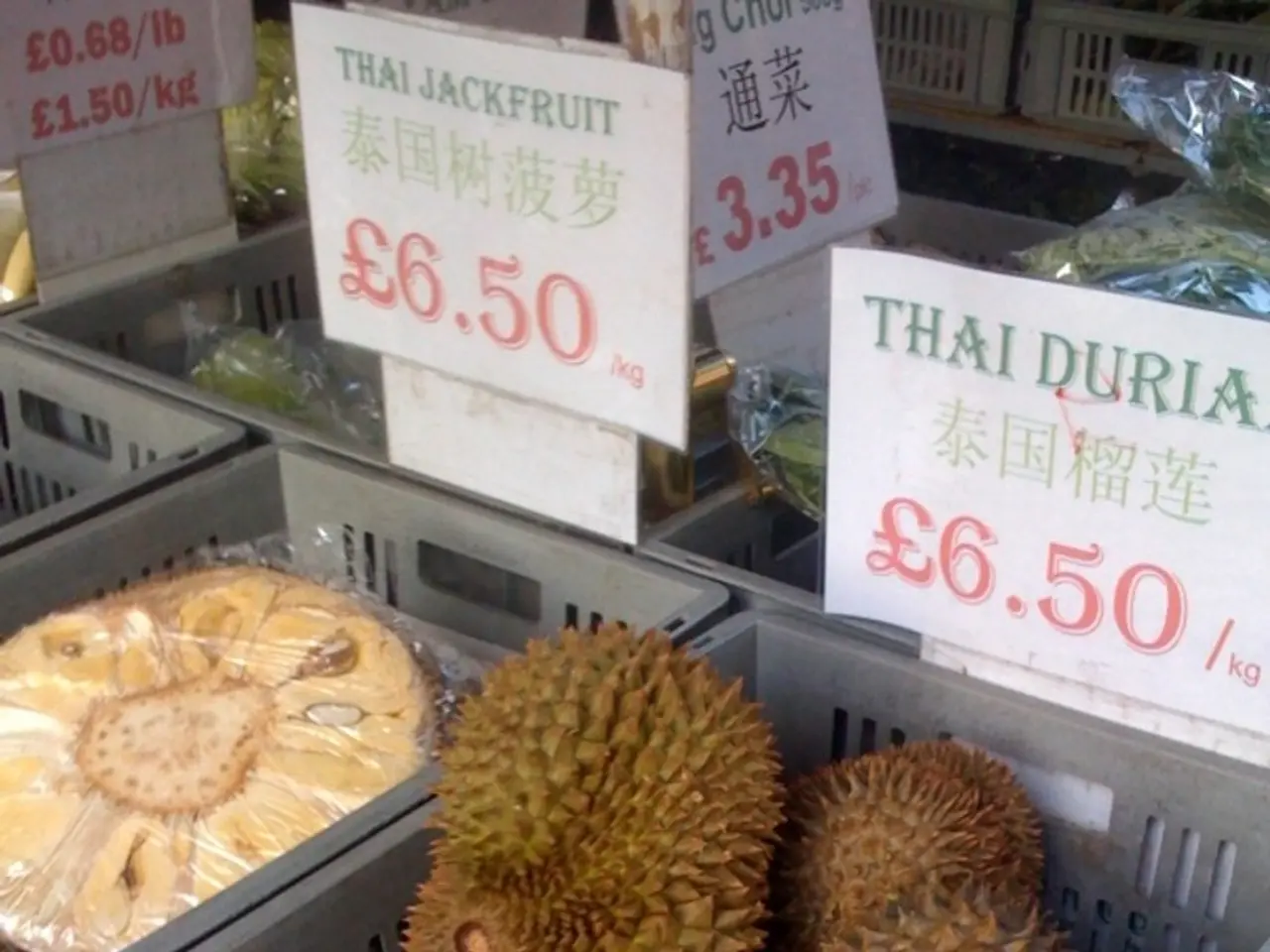US-India Trade Controversy: Potential Implications of Trump's 25% Tariff on International Trade Relationships
The ongoing India-US tariff dispute, centering around a disagreement over market access, particularly in agriculture and dairy, continues to be a significant hurdle in bilateral trade relations.
Despite the US being India's largest trading partner, with bilateral trade touching $132 billion in 2024-25, agriculture remains the most sensitive issue in the negotiations. India's large domestic dairy sector and religious dietary norms make it highly resistant to opening its markets to American dairy products. Full US access to Indian agriculture and dairy markets would threaten local producers and provoke domestic backlash, so India maintains a strong negotiating position on these issues.
The tariff dispute has roots in trade talks that have been in limbo since late 2024. India has avoided formal tariff threat letters from the US and has instead favored a fragmented agreement approach, making concessions in other areas while firmly protecting agriculture and dairy. This strategy has allowed India to postpone or reduce tariff escalation, as demonstrated by the delayed 25% tariff on Indian goods.
The US administration wants India to ease restrictions on dairy products derived from cows fed on animal-based feed, which offends religious sentiments in India. However, India refuses to allow non-vegetarian milk or animal bone-fed dairy, citing religious reasons. The rollback of the 2021 farm laws following mass protests is a recent event in India's national memory, further emphasizing the political cost of ceding ground on agriculture.
The debate over the tariff dispute raises fundamental questions about how nations reconcile economic ambition with cultural identity in an interconnected world. India continues to explore trade diversification, forging closer ties with the European Union, the UAE, and ASEAN nations to mitigate future risks.
Critics argue that India's rigidity in the tariff dispute may hurt long-term trade prospects with the US. However, India is betting on long-term strategic parity over short-term economic gains. As the August 7 deadline nears, India is preparing to face the tariff wave head-on, with talks over a bilateral mini-deal ongoing, and a likely announcement in September or October.
The India-US tariff dispute serves as a cautionary tale of how even strong allies can falter without alignment in values and vision. The ongoing negotiations highlight the challenge of balancing commercial interests and domestic sensitivities amid the broader geopolitical US-India relationship.
- The ongoing India-US tariff dispute, centered around trade issues in agriculture and dairy, also has implications in the realm of politics and general-news, as it raises questions about how nations balance their economic ambitions with cultural identity in the interconnected world.
- In the business and finance sector, the US administration wants India to ease restrictions on dairy products, while India, due to religious reasons, refuses, potentially impacting the future of their bilateral trade relations and long-term prospects.




